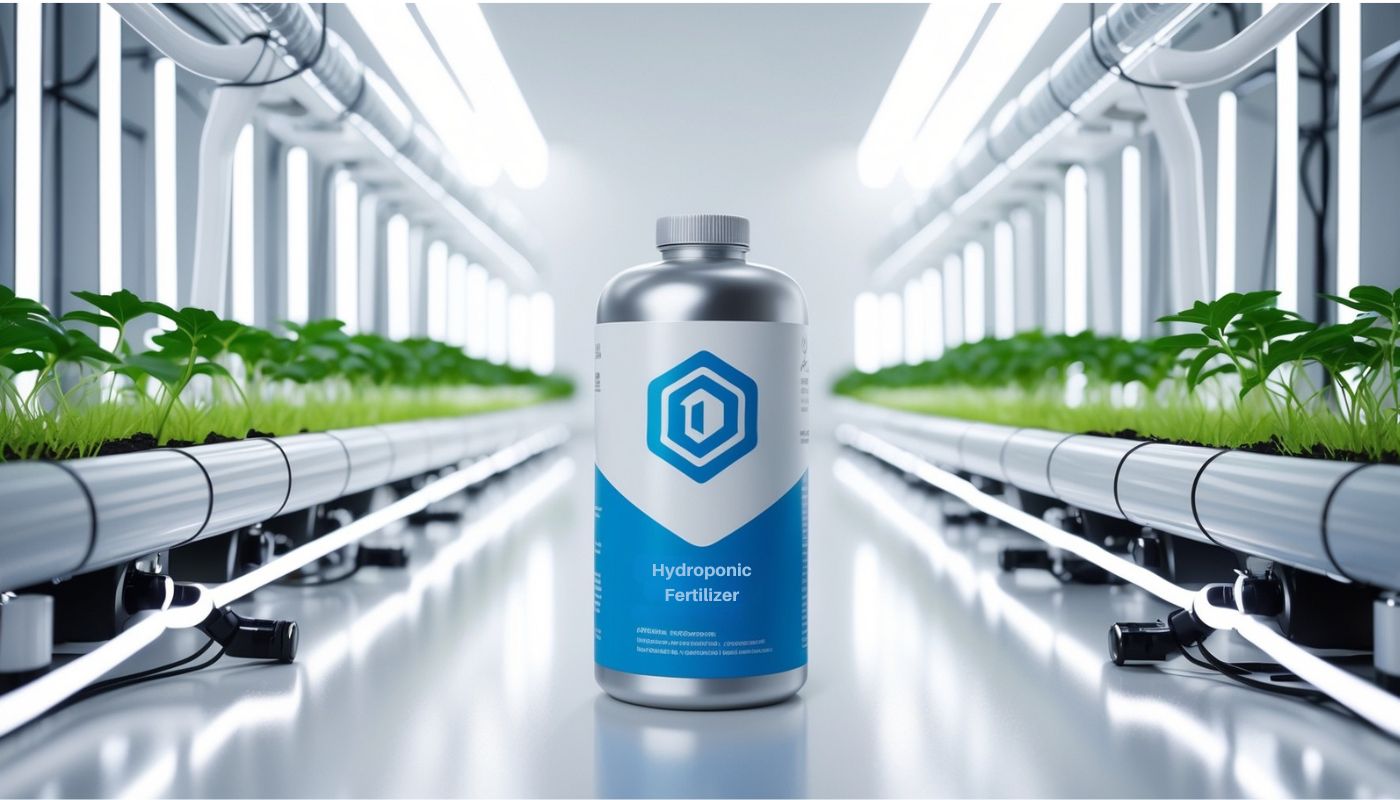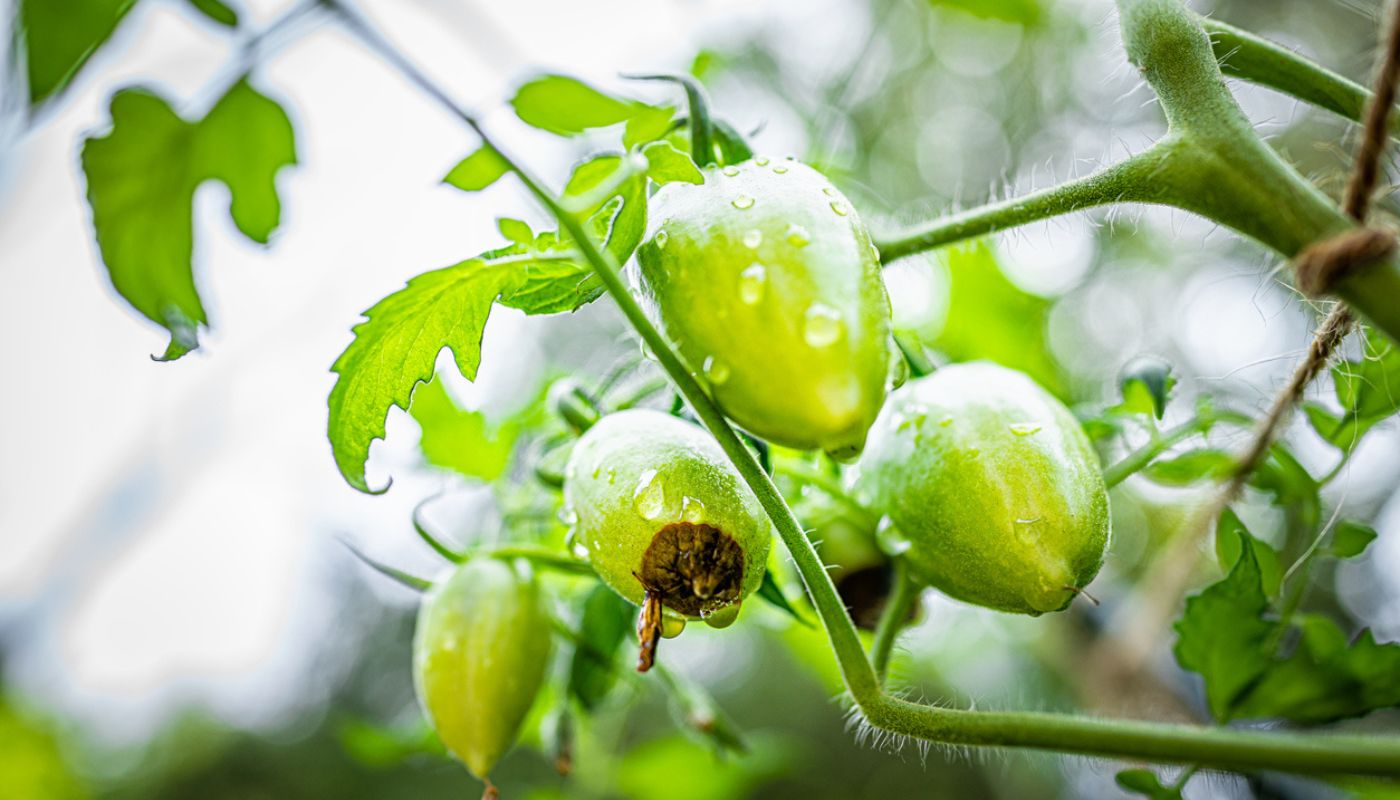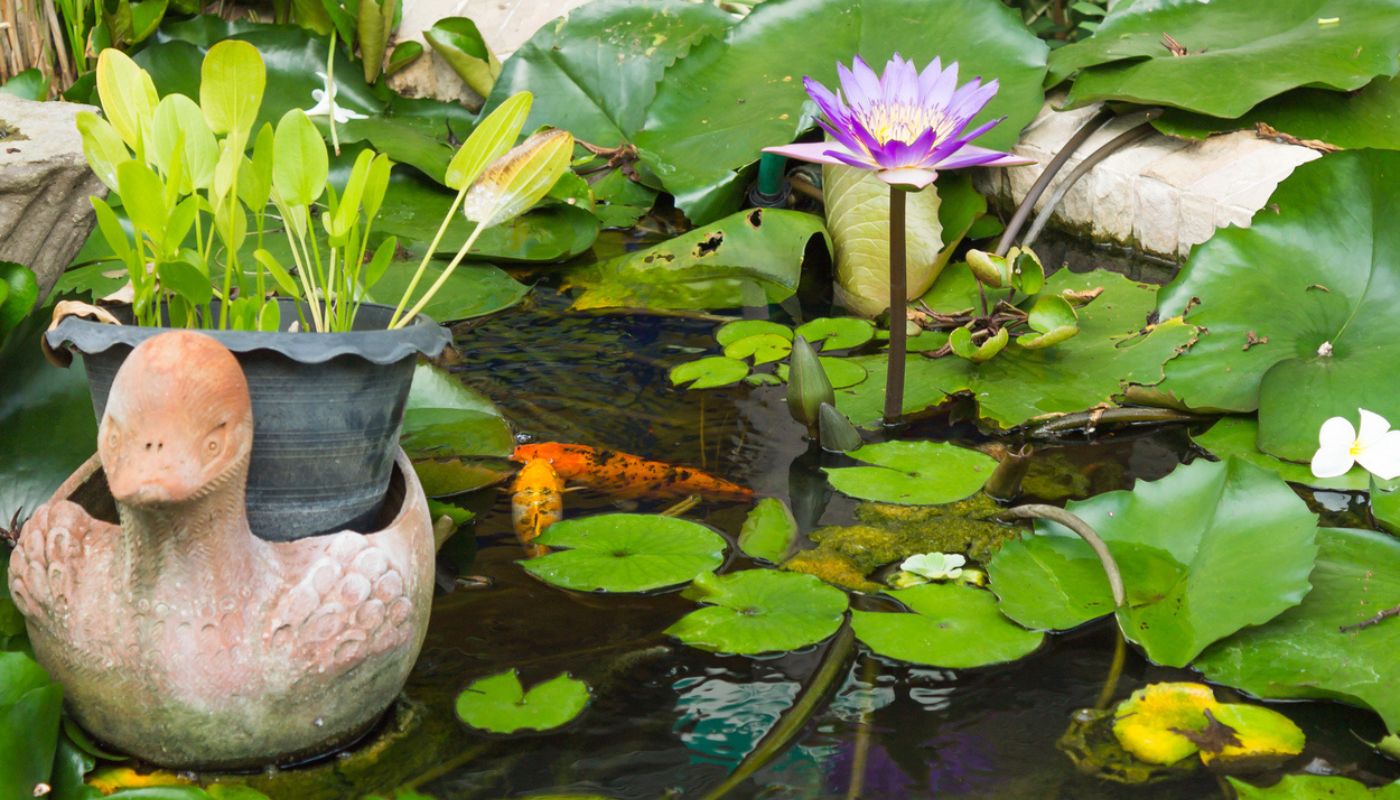
Comprehensive Guide to Downy Mildew
Downy mildew, a pervasive fungal-like disease, affects a wide range of plants, from vegetables to ornamental flowers. Its symptoms often include yellowing leaves, stunted growth, and a characteristic white to grayish mold on the underside of leaves. Understanding its causes, prevention, and treatment is key to maintaining healthy plants.
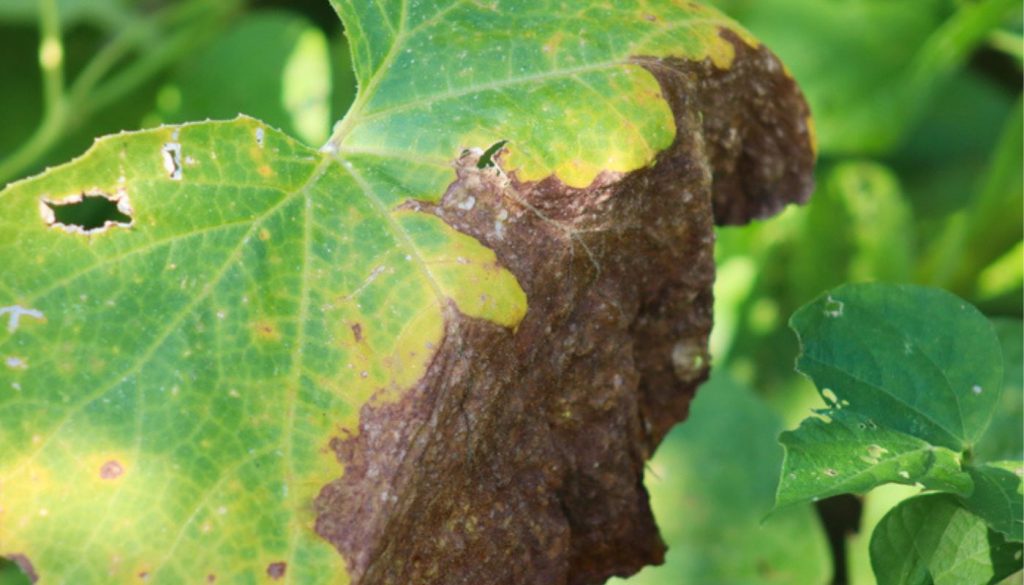
Ideal Climate for Downy Mildew Development
Downy mildew thrives in cool, damp environments. The conditions that promote its development include:
- Temperature: Between 10°C and 20°C (50°F to 68°F).
- Humidity: Prolonged periods of leaf wetness and humidity above 85%.
- Other Factors: Overcrowded plants and poor air circulation.
Recommended Hygrometry
- Optimal Level: Maintain humidity below 60% in controlled environments to minimize risk.
- Ventilation: Ensure good airflow to keep leaves dry.
Causes of Downy Mildew
This fungal infection is caused by water molds from the group Oomycetes. The disease spreads through:
- Spores: Carried by wind or water splashes.
- Environmental Conditions: Cool, wet weather accelerates spore germination and infection.
- Plant Vulnerability: Stress due to overwatering or poor nutrition increases susceptibility.
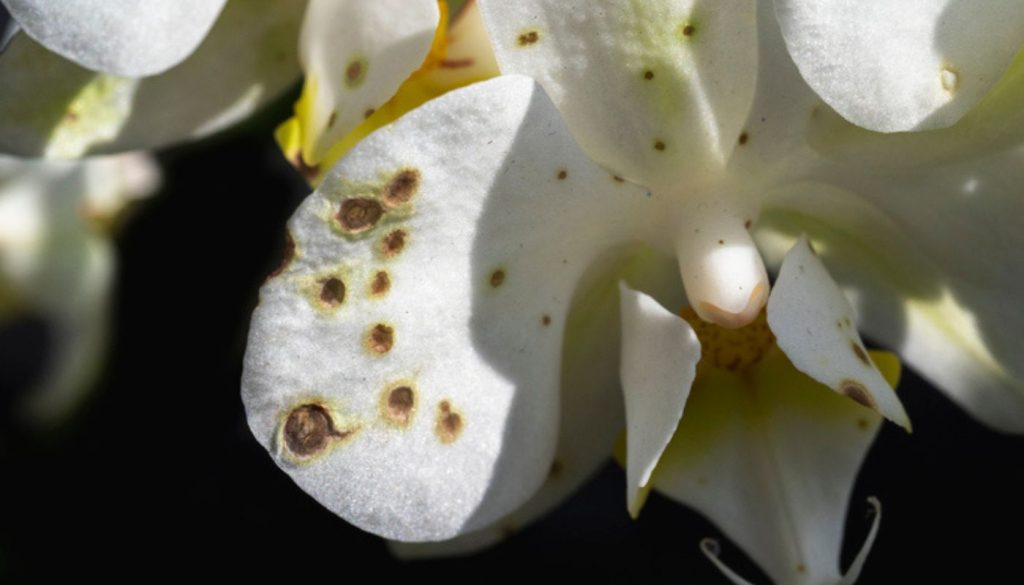
Prevention of Downy Mildew
Preventing Mildew fungus involves a combination of cultural practices and proactive measures:
1. Proper Spacing
- Space plants adequately to reduce humidity and improve air circulation.
2. Water Management
- Water early in the day to allow leaves to dry quickly.
- Avoid overhead irrigation.
3. Resistant Varieties
- Select plant varieties bred for downy mildew resistance.
4. Hygiene
- Remove infected plant material to prevent further spread.
5. Crop Rotation
- Rotate crops annually to disrupt the life cycle of pathogens.
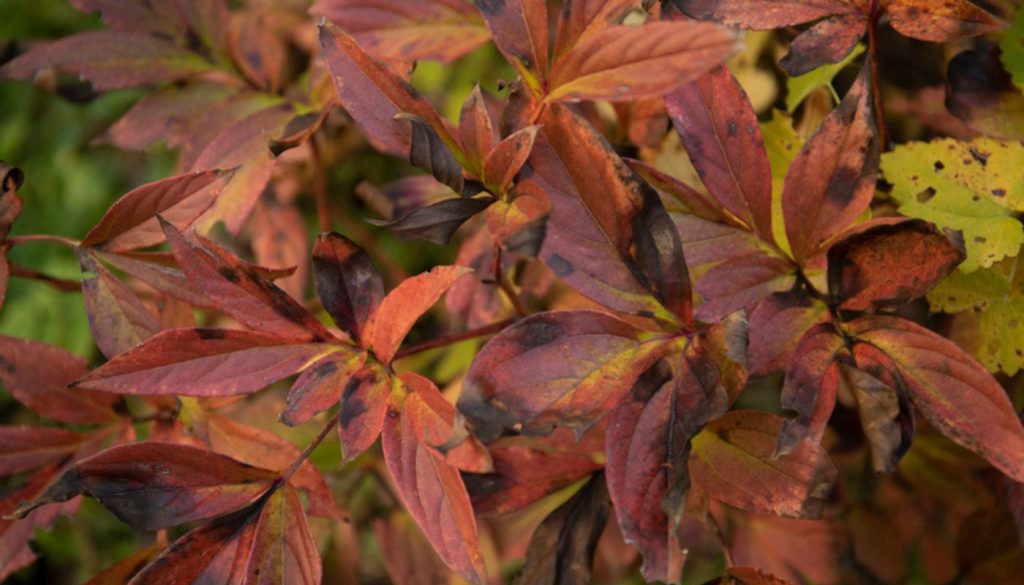
Solutions for Treating Downy Mildew
Natural Remedies
- Garlic Spray
- Blend garlic with water and strain. Spray on affected plants weekly.
- Baking Soda Mixture
- Mix 1 teaspoon of baking soda with 1 liter of water and a drop of liquid soap.
- Spray directly on infected areas.
Biological Treatments
- Neem Oil: Acts as a natural fungicide.
- Biological Fungicides: Products containing beneficial microbes that suppress Mildew fungus.
Chemical Fungicides
- Use products with active ingredients like chlorothalonil or mancozeb for severe infections.

Popular Case: Downy Mildew in Grapevines
Mildew fungus is notorious for its impact on vineyards. It causes reduced photosynthesis, defoliation, and lower grape quality. Winemakers combat this disease through rigorous canopy management and the use of copper-based fungicides.
Plants Affected
To enhance the relevance of this guide, here’s a list of commonly affected plants:
Vegetables
- Lettuce
- Spinach
- Cucumbers
- Broccoli
- Onions
Fruits
- Grapes
- Apples
- Peaches
Ornamental Plants
- Roses
- Snapdragons
- Pansies
- Impatiens
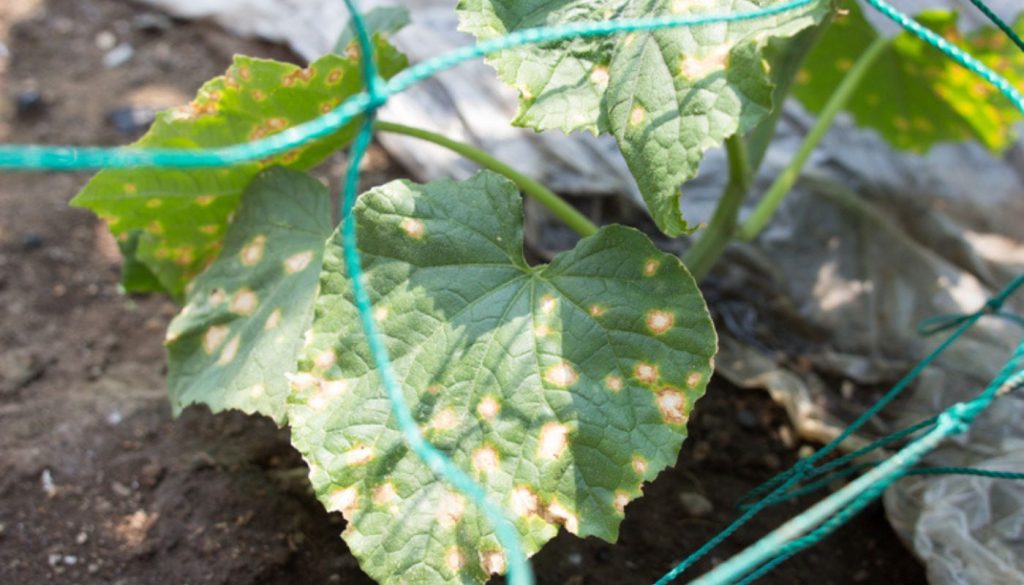
Conclusion
Downy mildew can devastate crops and gardens if left unchecked. By understanding its preferred conditions, employing preventive strategies, and using effective treatments, gardeners and farmers can protect their plants. Whether managing a backyard garden or a commercial vineyard, staying proactive is essential for success.
For effective solutions, trusted brands like Bayer, Bonide, and Garden Safe offer excellent products to manage downy mildew and keep plants thriving.




